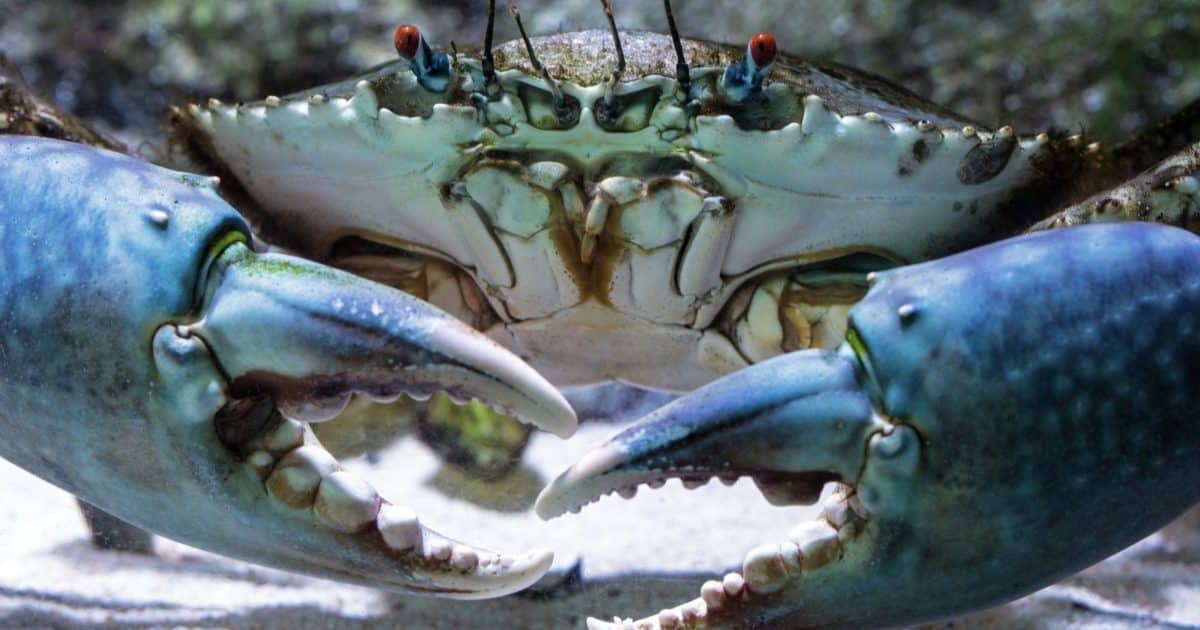
Science and Culture Today | Page 140 | Discovering Design in Nature


Stephen Meyer and Spencer Klavan on the Book of Nature: Is There an Author?

How Scientific Materialism Begot Woke Ideology
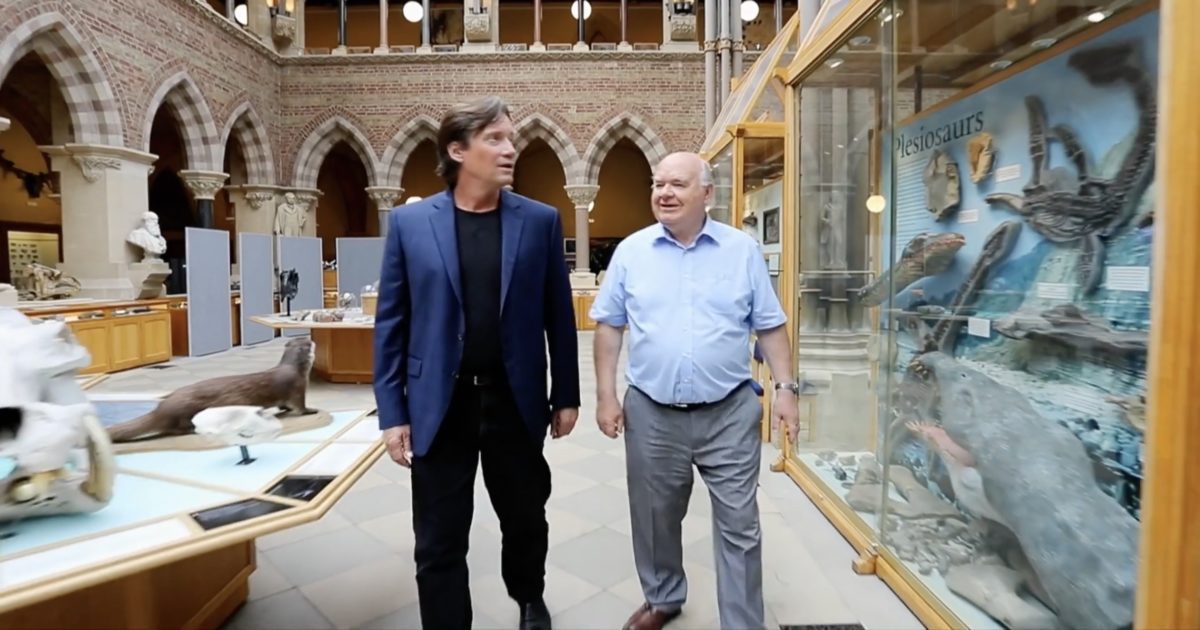
John Lennox: Against the Tide of Atheism

Against the Tide: John Lennox and Stephen Meyer
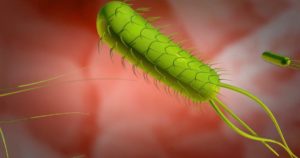
Want to Harmonize Evolution and Design? Consider the Bacterial Flagellum
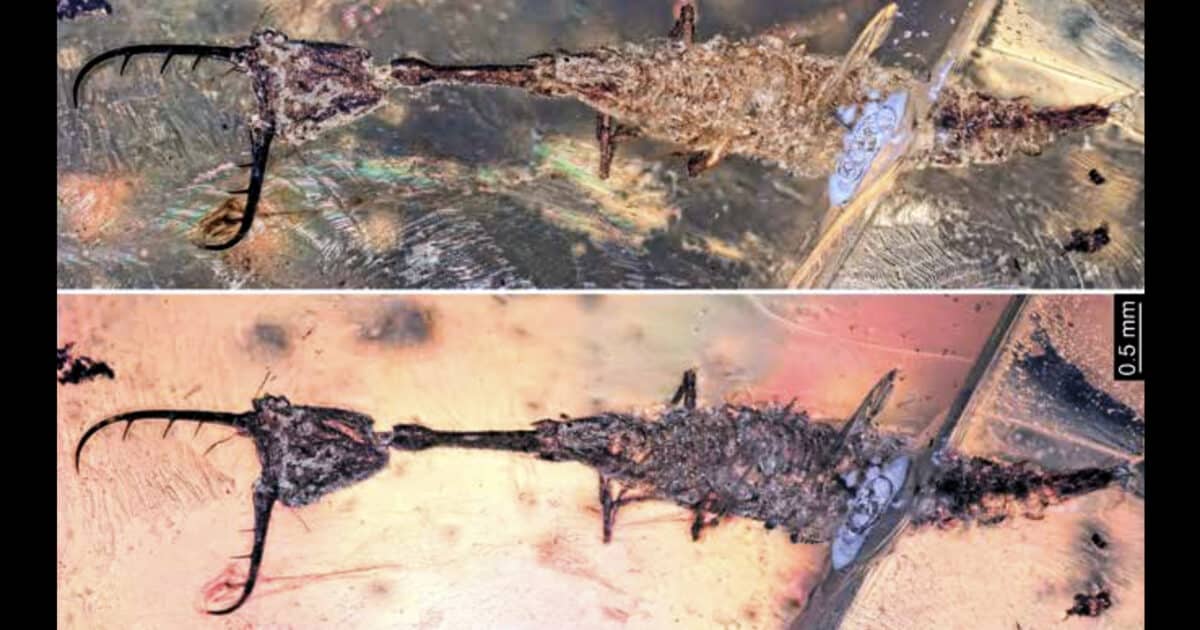
Fossil Friday: Cretaceous Insect Chimera Illustrates a Design Principle
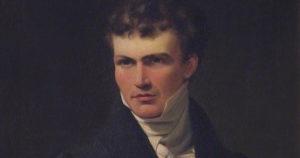
William Whewell: Statesman of Science

The Interactome Multiplies Specified Complexity






































